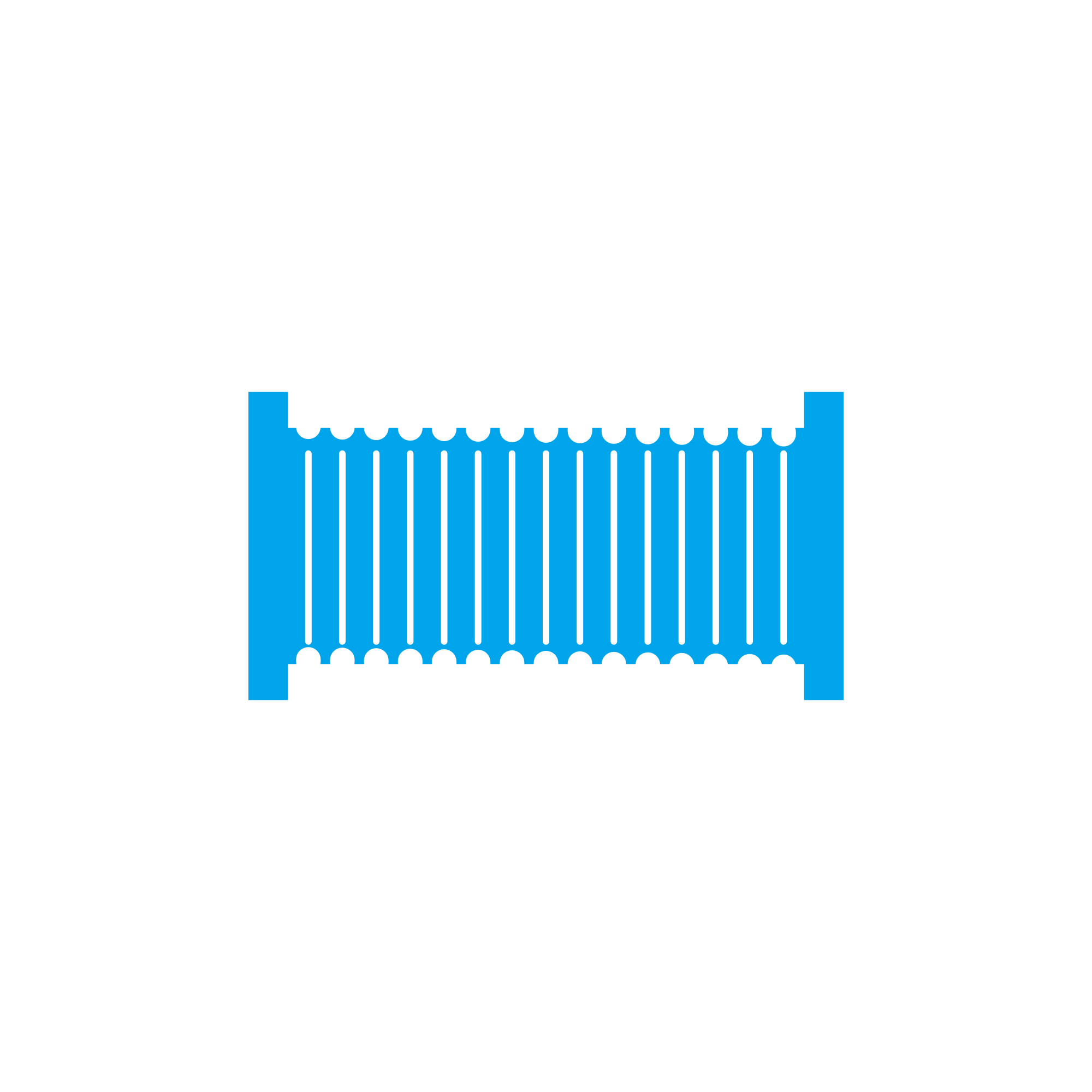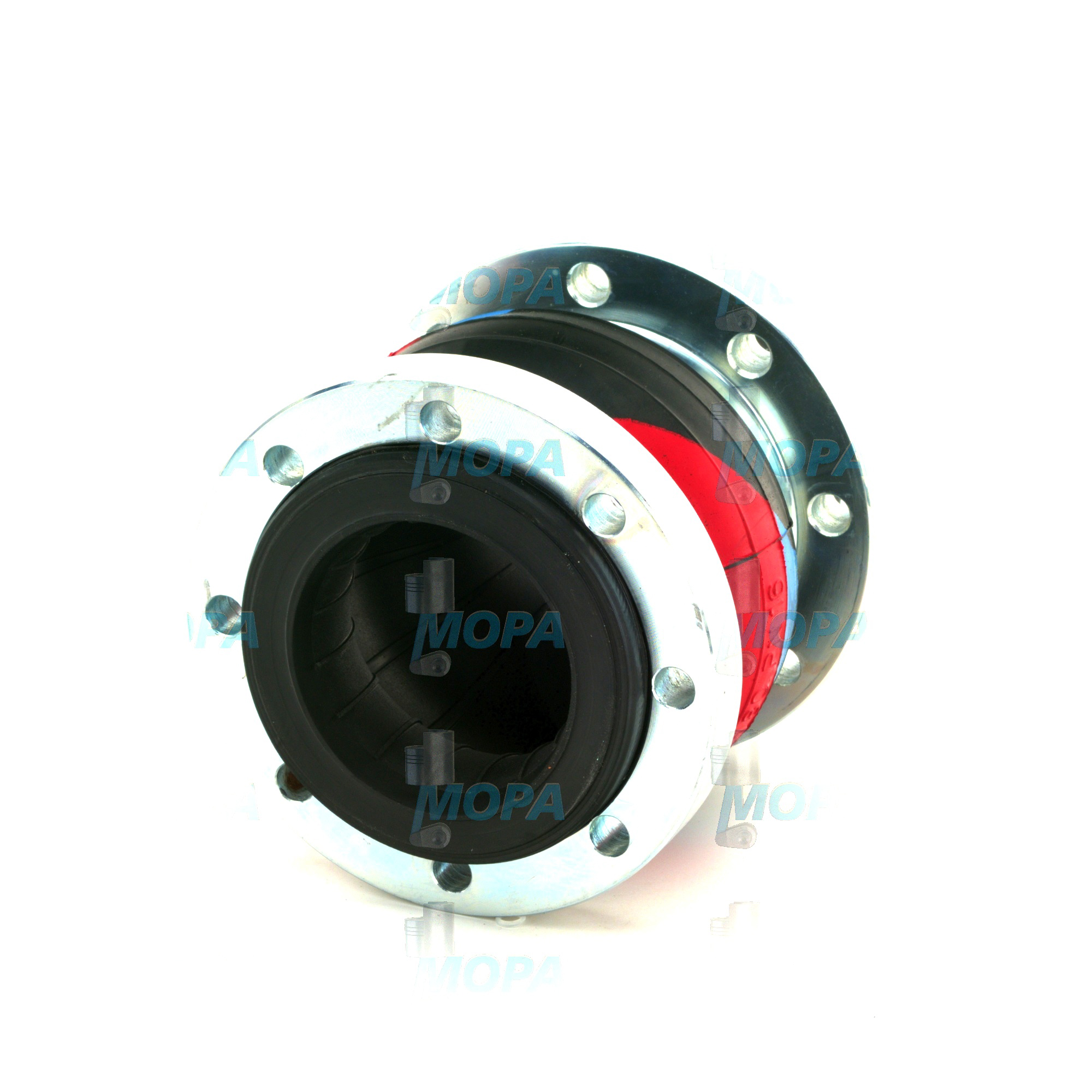RUBBER-COMPENSATOR: Compensators and Manifolds for Marine and Diesel Engines
Compensators and manifolds form a critical interface between moving engine components and rigid piping systems. As flexible connectors and distribution elements, they control flows, absorb movement, and protect equipment in marine engines, power-generation diesel engines, and industrial gas engines. A RUBBER-COMPENSATOR is the flexible core of this category, providing elastic compliance between pumps, coolers, turbochargers, and pipework, while manifolds distribute or collect intake air, cooling water, lubricating oil, or exhaust gases with high thermal and mechanical stability. Together, these components stabilize the engine’s fluid and gas pathways, improve uptime, and reduce lifecycle costs.
In harsh engine-room conditions with vibration, thermal cycling, and pressure pulsations, a RUBBER-COMPENSATOR for a marine engine isolates dynamic loads and compensates misalignments. Manifolds—intake or exhaust—ensure uniform distribution, controlled backpressure, and robust, leak-tight connections to cylinders and turbochargers. This article category covers the flexible joints and the rigid collectors that, in combination, enable safe, efficient, and compliant engine operation.
Technical Function of Compensators and Manifolds with RUBBER-COMPENSATOR OEM Parts
Compensators—often double- or single-sphere flexible joints—are engineered to absorb axial, lateral, and angular movements caused by thermal expansion, vessel hull flex, or equipment settlement. A RUBBER-COMPENSATOR in a diesel engine pipeline dampens vibration from reciprocating machinery and reduces noise transmission, protecting pumps, coolers, and instrumentation from fatigue. Reinforced elastomers (e.g., EPDM, NBR, chlorobutyl) with textile or steel cord layers handle pressure pulses and temperature fluctuations, while vacuum support rings prevent collapse on suction lines. Standard flange interfaces (DIN/EN/ASME) and anti-pull-out restraint systems maintain joint integrity under thrust loads. By smoothing pulsation and alignment, compensators reduce stress on bearings, seals, and flanges—and prevent water hammer from valve operations or pump starts.
Manifolds are precision-cast or fabricated distribution bodies designed for structural rigidity and thermal durability. In intake systems, they equalize air delivery to each cylinder, improving combustion balance and lowering specific fuel consumption. In exhaust systems, well-designed manifolds manage gas velocity and pulse timing into the turbocharger, stabilizing turbo speed, minimizing backpressure, and protecting against thermal hotspots. Materials such as high-silicon cast iron or stainless steel resist scaling and cracking at elevated exhaust gas temperatures; controlled wall thickness, stress-relief, and high-quality machining ensure dimensional stability and sealing surface integrity. Manifold geometry is tuned to reduce pressure drop and avoid flow separation, supporting both performance and emissions targets.
RUBBER-COMPENSATOR Marine Engine Integration and Performance
In marine applications, hull deflection and dynamic loading are significant. A RUBBER-COMPENSATOR marine engine setup decouples engine-mounted equipment from rigid ship piping, acting as a vibration isolator and thermal compensator. The result is reduced flange leakage, longer gasket life, lower structural noise, and improved reliability of adjacent equipment—especially pumps, charge-air coolers, and exhaust gas components. When paired with correctly engineered manifolds, the system stabilizes turbocharger performance, supports cleaner combustion, and sustains rated power under varying sea states.
- · Absorbs axial, lateral, and angular movement
- · Dampens vibration and structure-borne noise
- · Reduces water hammer and pressure pulsation
- · Protects pumps, seals, bearings, and instruments
- · Manifolds optimize flow distribution and backpressure
- · High-temperature and corrosion-resistant materials
- · Standardized flange dimensions for fast installation
- · RUBBER-COMPENSATOR OEM parts support fit and reliability
Importance for Engine Operation and Service Life
Compensators and manifolds are central to the reliability of engines because they safeguard joints and control flow dynamics. If a RUBBER-COMPENSATOR hardens, cracks, or delaminates, vibration transmission increases and alignment is lost—leading to premature wear on pump bearings, flange distortion, and leakage. On suction lines, a collapsed element starves pumps and triggers cavitation. In cooling water circuits, insufficient flexibility can create stress concentrations, causing gasket blowouts and unplanned shutdowns.
Manifolds also carry high risk if degraded. Exhaust manifold cracks or warped sealing faces lead to hot gas leaks, soot accumulation, and potential fire hazards. Increased backpressure raises exhaust temperatures, risks turbocharger overspeed or surge, and elevates fuel consumption. Intake manifold maldistribution disrupts cylinder-to-cylinder balance, resulting in rough running, higher NOx, and reduced service life. Correct specification—and timely replacement—of compensators and manifolds is therefore key to protecting power output, efficiency, and compliance.
Advantages of OEM Spare Parts Suitable for Compensators and Manifolds
Choosing OEM spare parts suitable for this category ensures engineered fit, material fidelity, and performance consistency. A RUBBER-COMPENSATOR OEM parts set for a diesel engine matches the required deflection capability, pressure rating, and temperature class, verified through testing and process control. Dimensional accuracy means faster installation, proper bolt stress, and reliable gasket compression—minimizing rework and downtime. For manifolds, OEM-grade metallurgy and heat treatment maintain creep resistance and crack resilience under thermal cycling, protecting turbocharger performance and emissions margins.
From a budget perspective, correctly specified OEM spare parts reduce total cost of ownership: better damping preserves rotating equipment, fewer leaks lower consumable use, and stable backpressure maintains fuel efficiency. Traceability and documentation facilitate class approvals and audits in marine environments. The net effect is higher availability, predictable maintenance intervals, and longer service life across the engine system.
RUBBER-COMPENSATOR OEM Parts for Diesel and Gas Engines
For both diesel engines and gas engines, RUBBER-COMPENSATOR OEM parts deliver consistent stiffness characteristics, chemical compatibility (e.g., oil-resistant NBR or coolant-resistant EPDM), and reinforcement architectures tailored to line duty (pressure/vacuum). When paired with OEM-grade manifolds, operators can maintain calibrated flow paths and protect aftertreatment or heat recovery systems, preserving overall plant efficiency.
MOPA: Fast, Reliable Partner for OEM Parts in Compensators and Manifolds
MOPA is an experienced and reliable partner for OEM spare parts in the category Compensators and manifolds. We supply RUBBER-COMPENSATOR solutions and manifold components for diesel and gas engines with a focus on speed, quality, and security in procurement and logistics. Our team helps you identify the correct specification—movement ranges, pressure class, elastomer type, flange standard, and manifold material—so installations are right the first time. With short lead times, documented quality, and global delivery, MOPA supports shipowners, operators, and OEM service teams in minimizing downtime and risk.
Conclusion: RUBBER-COMPENSATOR and Manifolds Sustain Engine Reliability
Compensators and manifolds are indispensable for stable flow, vibration control, and thermal management in marine and industrial engines. A correctly specified RUBBER-COMPENSATOR with precisely engineered manifolds protects performance, efficiency, and safety.
OEM spare parts suitable for this category deliver the fit, materials, and consistency needed to extend service life and control costs. With MOPA as your partner, sourcing the right components becomes faster, safer, and more predictable.



